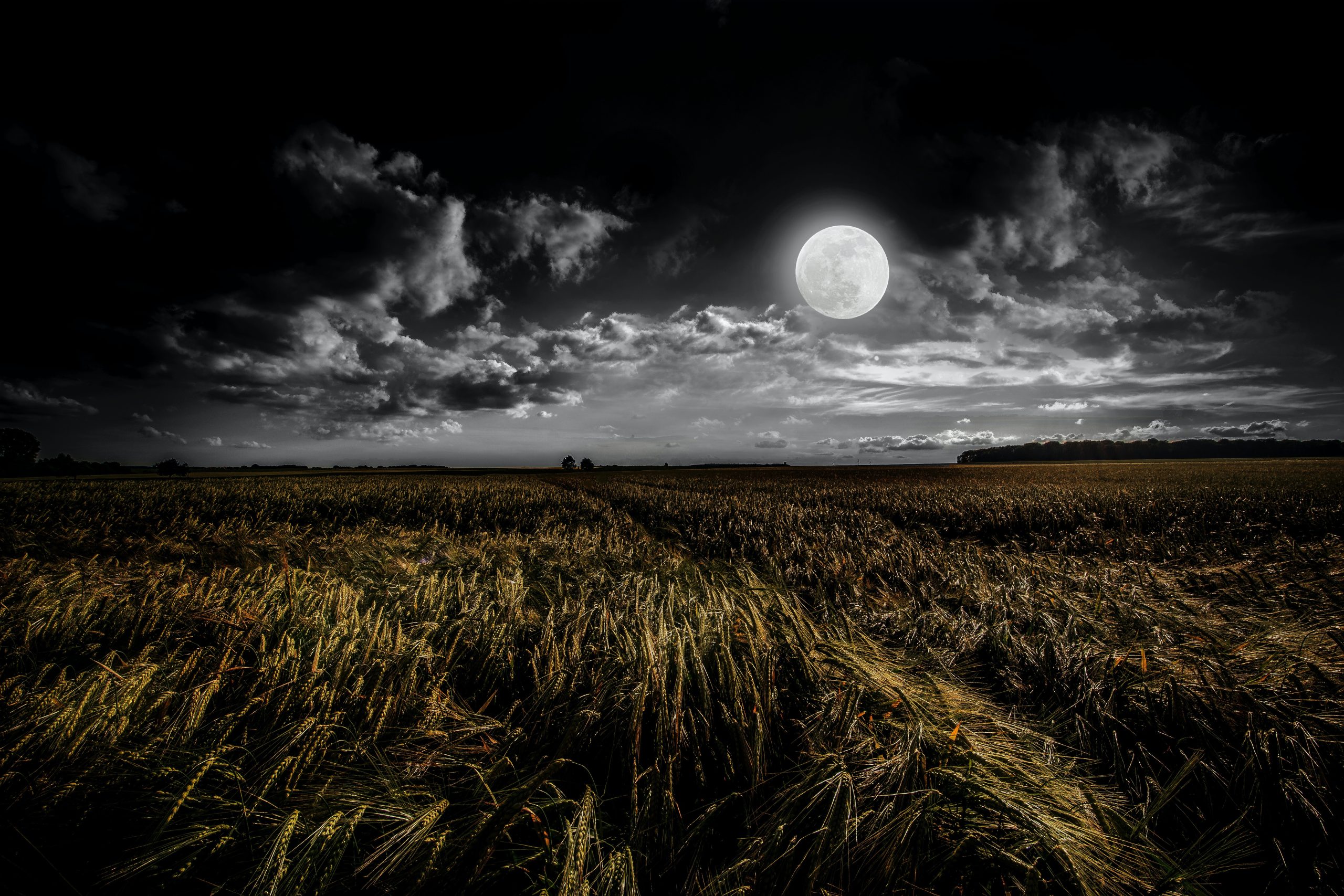The Fascinating History of Chakras
Chakras, often referred to as the body’s energy centers, have gained significant interest and recognition in recent years. The concept of chakras has ancient roots, originating in ancient Indian and Eastern philosophies. In this article, we will delve into the rich history of chakras, tracing their development and understanding through the centuries.
Origins in Ancient India
The concept of chakras can be traced back thousands of years to the ancient Indus Valley civilization, one of the world’s oldest urban civilizations. However, it was within the realm of Indian spirituality and philosophy that chakras truly flourished.
The earliest written references to chakras can be found in the Vedas, ancient sacred texts of Hinduism, which are believed to have been composed around 1500 BCE. These texts describe the existence of energy centers within the body, aligning with the major nerve ganglia and vital organs.
The Upanishads, philosophical treatises written between 800 and 200 BCE, further developed the concept of chakras. They described the subtle energy channels, called nadis, that connect the chakras and allow the flow of vital energy or prana throughout the body.
Development in Tantra and Yoga
The concept of chakras gained prominence in tantric traditions around the 6th century CE. Tantra, a complex spiritual path rooted in Indian philosophy, sought to transcend the limitations of ordinary consciousness and access higher states of awareness.
In tantra, the chakras gained further significance as energy centers associated with specific qualities and aspects of human experience. This included physical, emotional, and spiritual dimensions. The tantric texts elaborately describe these energy centers and their associated deities, mantras, and symbols.
Yoga, closely intertwined with tantra, also played a vital role in the development and understanding of chakras. Yogic practices, such as asanas (postures), pranayama (breathing exercises), and meditation, were believed to activate and balance the chakras, leading to enhanced well-being and spiritual growth.
Introduction to the Western World
Although chakras had been a central aspect of Eastern spiritual practices for centuries, it wasn’t until the late 19th and early 20th centuries that the concept began to be introduced to the Western world.
In 1918, Sir John Woodroffe, a British judge and scholar, published the book “The Serpent Power,” which explored the role of chakras in tantric traditions. This book provided a comprehensive understanding of chakras and their significance, making the concept more accessible to the Western audience.
During the 20th century, the interest in chakras grew, particularly within the New Age and spiritual communities. Influential figures such as Carl Jung and Rudolf Steiner incorporated chakra concepts into their theories of psychology and spirituality.
Understanding Chakras Today
In modern times, the concept of chakras has become more mainstream and is no longer restricted to esoteric or spiritual circles. People from diverse backgrounds are exploring chakras as a means of understanding and improving their physical, emotional, and spiritual well-being.
Today, chakras are often visualized as spinning wheels or vortexes of energy, with each energy center corresponding to specific psychological, emotional, and physiological aspects of our being. The primary chakras are:
| Chakra | Location | Associated Qualities |
|---|---|---|
| Root | Base of the spine | Grounding, stability, and security |
| Sacral | Lower abdomen | Creativity, sexuality, and emotions |
| Solar Plexus | Upper abdomen | Personal power, self-worth, and confidence |
| Heart | Center of the chest | Love, compassion, and forgiveness |
| Throat | Throat region | Communication, self-expression, and truth |
| Third Eye | Between the eyebrows | Intuition, insight, and spiritual awareness |
| Crown | Top of the head | Connection to higher consciousness and spirituality |
Each chakra is believed to influence various aspects of our well-being, and an imbalance or blockage in any of these energy centers can impact our physical, emotional, and spiritual health.
While chakras are still deeply rooted in ancient Indian philosophy, they have evolved and continue to be explored in various contemporary disciplines, including energy healing, psychology, and alternative medicine.
Conclusion
The history of chakras is an intriguing journey that spans thousands of years. From their origins in the ancient Indus Valley civilization to their development in Indian philosophy, tantra, and yoga, and their introduction to the Western world, chakras have come a long way.
Today, chakras are valued for their potential to promote holistic well-being and spiritual growth. As we delve into the understanding and exploration of chakras, they continue to evolve and adapt to our modern lives, fostering a deeper connection between mind, body, and spirit.
References:
- https://www.ancient.eu/indus-valley-civilization/
- https://en.wikipedia.org/wiki/Chakra#History
- https://www.yogajournal.com/yoga-101/what-are-chakras
- https://www.learnreligions.com/what-are-the-chakras-1729157
Table of Contents
